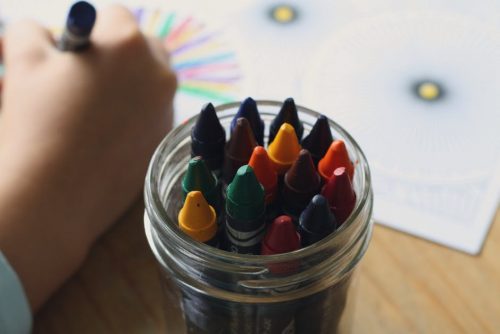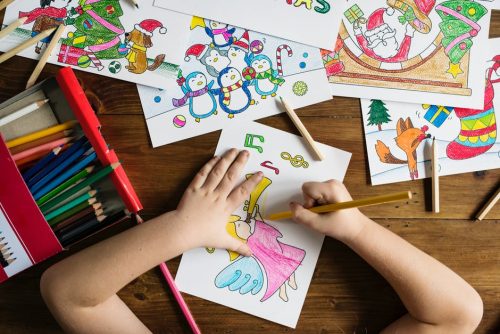
Source: pexels.com
Understanding people with mental illness such as bipolar disorder is never an easy way, especially when it comes to children. It is painstaking to see that at a very young age, these children must deal with the struggle of dealing with feelings of worthlessness, hopelessness, and living on the edge, as they are stricken with depression, stress, and anxiety going through the course of bipolar disorder.
With the extreme mood swings that bipolar entails, children find it difficult to express themselves. When they are manic, they just act on it not even realizing the risk of injury due to their agitation. On the other hand, when they are depressed, they can become emotionally vulnerable as well.
Art And Its Many Benefits

Source: pexels.com
One way of understanding the emotions of bipolar children is through art. The activity unlocks the deepest and unspoken emotions of bipolar condition. It serves as a catharsis for someone to vent out confined feelings as it allows emancipation of thoughts and helps others to understand the sentiments of bipolar children better. This as well promotes self-care as it aids in the identification of the factors that trigger manic and depressive behaviors. The activity also serves to create a self-awareness of their condition. Thus, children with bipolar disorder will have a better view of themselves once they have developed a better understanding of their actions and mindset.
Fact: Psychotherapy is defined as “the training, theories and practice skills a clinician learns while in graduate school”. – Deborah Serani, PsyD
Art therapy is the right way of helping the child expresses himself in a non-destructive manner as it releases stress. Stimulating thoughts through non-verbal expression will help the children convey their hidden emotions, ideas, and point of view. Through art therapy, feelings become visible and tangible.
Artworks, specifically drawings, present definite information on the growth and development of a child as it helps others understand the integration of cognition and sensory.

Source: pexels.com
“Creativity allows for us to better understand ourselves and to connect with others,” said Lawrence J. Martin, PsyD.
Art therapy can also develop a child’s self-regulation as this will allow the child to learn how he can manage himself when he is about to burst out of anxiety or even excitement. The sensory characteristics of art therapy are effective in improving temper, sensory integration, and soothing the body and mind.
The expression of metaphor initiates the cognitive inclination of a child with bipolar disorder. This allows the child to find meaning in his artwork as he relates his work based on his point of view as well as the significance of the art piece into the child’s life.
Repairing and reshaping attachment with the use of sensory and experiential are possible through art therapy. This allows establishing positive attachment as well as improving relational experience involving sensory and cognitive means of communication.
Final Words
The artworks of children with bipolar disorder might seem to be difficult to decipher; it is not at all abstracts, messy lines, dark and hard lines. Behind the sloppy work speaks up the emotion and behavior of a bipolar child. Art therapy becomes real since the activities that it involves are usually a regular part of a child’s world. Drawing, playing and role-playing is all naturally occurring events for children. Hence, art therapy enables children to experience regular life activity.
According to Tori Rodriguez, MA, LPC, “Making the decision to go see a therapist is a big, important step in your journey of mental health care.”





